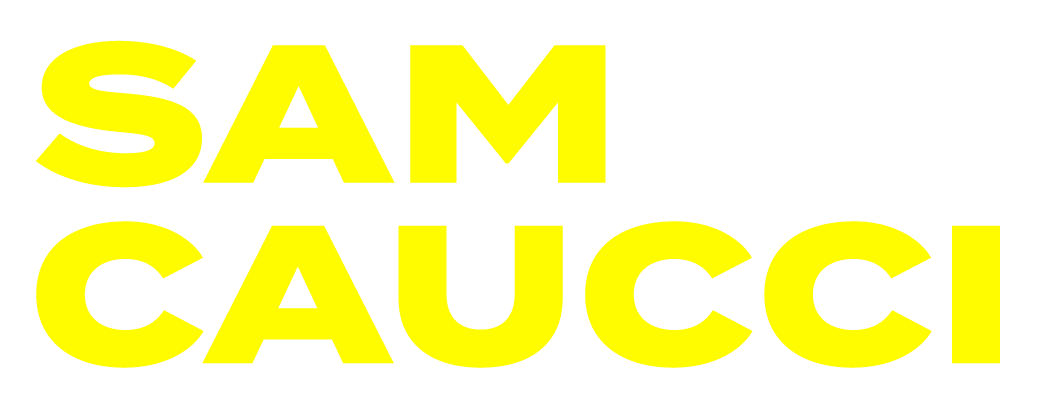Will Presidential Candidates Rise To the Future of Work?
The presidential race is on. And, while we are still at the early stage of flashy debate punchlines we are getting closer to candidates having to put forward real agendas.
What theme is quickly rising in importance? Work. While candidates will dance around a number of topics, from healthcare to education to immigration, the most pressing matter on the minds of voters over the next year will be the state of the economy and their role in it. How will this future of work moment impact their job security today and in the years to come?
Here are a few trends voters are already thinking about and candidates better be planning to address
AI & Automation: More Ally or Adversary?
Artificial Intelligence (AI) and automation have gotten a lot of air time this year. These innovations represent a seismic shift in how we view and engage with work – and will not be simply campaign side notes. As we look to the future, robots and algorithms are clearly going to become a greater part of our day to day at work and voters are going to want to hear from candidates on how they plan to handle their disruption.
Will it be about replacement or enhancement? Some believe automation’s promise isn’t about making humans obsolete, but rather elevating their potential by eliminating the repetitive and mundane and freeing up workers to take on more fulfilling tasks that demand creativity, strategy, and empathy. Others believe these technologies will slash labor costs and result in corporations racing to adopt the new technologies wherever possible to reduce costs and maximize shareholder value.
Candidates will have to answer the question: How should we ride this wave of change? How do we ensure that as some doors close, more doors open with opportunities for workers? Critical policy decisions will have to be made in order to ensure this moment creates more opportunities for more workers – or will just make it harder to stay afloat.
Unions: Helping Workers or Hurting Workers?
The past few years have put the resilience and indispensability of frontline workers on full display. From the grocer ensuring our shelves remained stocked to the nurse fighting on the pandemic’s front lines, their stories were those of grit and determination. Their voices, amplified by the challenges they faced, are now seeking a platform. Enter unions for a comeback?
From actors to auto workers – the renaissance of unions is happening at a time where workers are upset about their past and concerned about their future. Today, 82% of the American workforce are frontline workers and 1 in 2 workers are in low wage roles. As unions step forward to give workers a megaphone to express their needs, from safer workplaces to fair compensation, will their work be more about confrontation or collaboration?
Unions have the ability to be a linchpin, forging partnerships that balance the scales between management and labor. Candidates will have to communicate how they perceive the role of unions and whether their work is about division or unity as we strive to create a more equitable and just working environment for all.
Education & Training: Better to Reskill or Upskill?
The world doesn’t stand still. Industries change, job roles transform, and the skills of yesterday will not be enough to face the challenges of tomorrow. Recognizing this, the emphasis on our education and training systems isn’t just a footnote—it’s the chapter heading.
As technology advances, our ability to develop skills becomes more critical. It’s about ensuring every worker, whether fresh out of school or with decades of experience, has the tools and resources to navigate this shifting landscape. Companies, in collaboration with policymakers, need to invest in robust programs that foster continuous learning. But, the central question from workers is whether they should invest time in upskilling within a current role that may become obsolete or to reskill for the job to come?
Forward-thinking candidates must bring clarity to our workforce. They must answer the question of where we are going. They must advocate for programs that are agile, responsive, and tailored, ensuring every American worker is equipped and empowered to win at work.
Through all of the policy debates to come – it will all come back to the state of the American worker. We are on the cusp of defining not just the next four years but perhaps the next few decades of America’s labor landscape. And as we chart this course, let’s remember: this narrative isn’t just about the challenges we face but the limitless opportunities we can create.
The bell tolls for a renewed focus on the American worker. We all have a defining role. Let’s not merely survive, but pursue a strategy of ambition, innovation, and shared prosperity.
Originally published in RealClear Markets on October 19, 2023.


